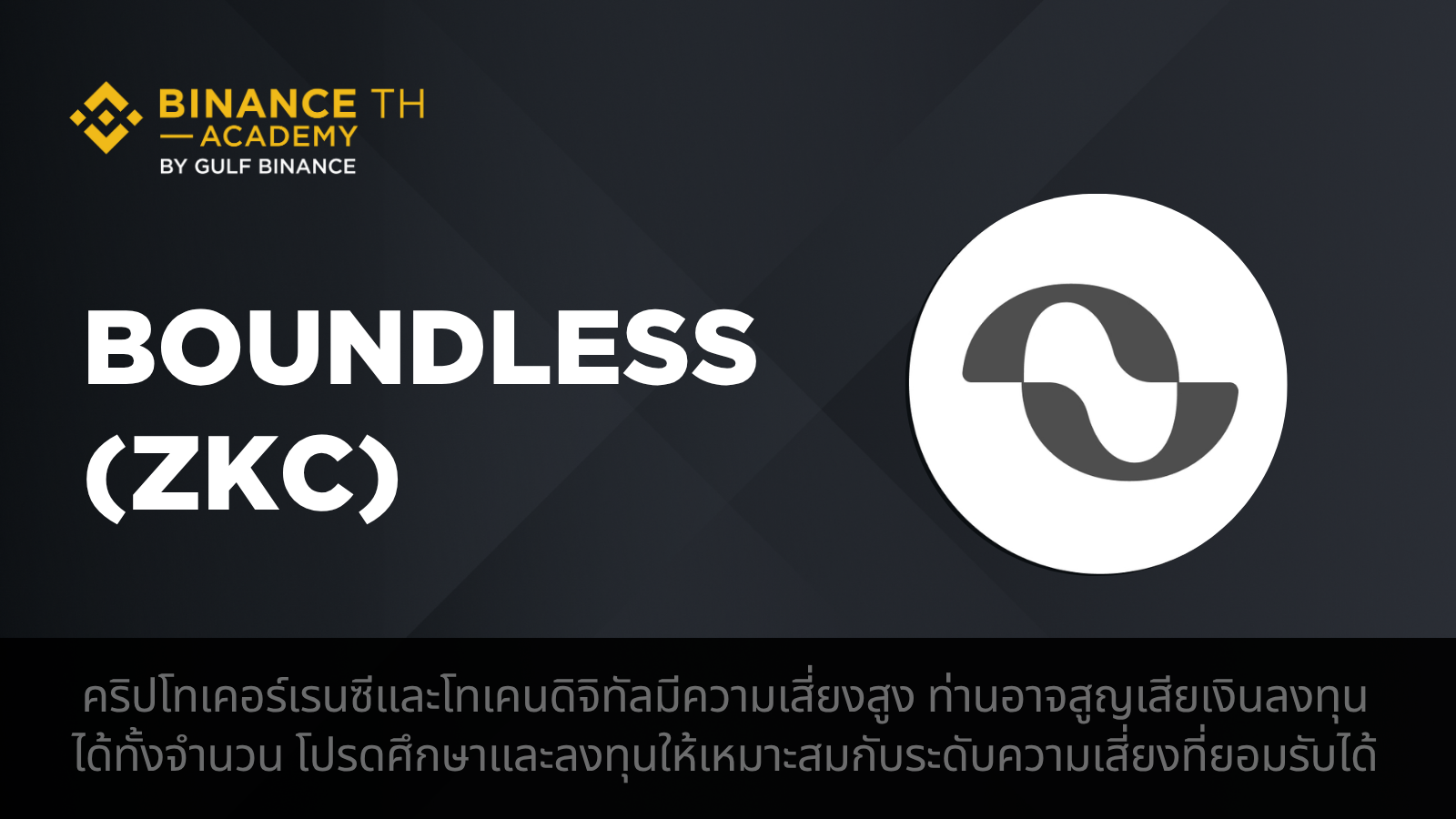What is Boundless (ZKC)?

What is Boundless (ZKC)?
Generally, most programmable blockchains require every node to rerun all transactions to validate the results. While secure, this approach is redundant and slow.
What is Boundless?
Boundless takes a different approach by leveraging verifiable computing and a decentralized prover marketplace. Developers can submit computational tasks, and provers compete to generate a ZKP for the task. Only the selected prover performs the computation and produces the proof, which other nodes can verify quickly.
How Boundless Works
Proof of Verifiable Work (PoVW)
PoVW is the core of Boundless. Unlike PoW, which consumes energy to solve mathematical puzzles, PoVW uses computing power to generate ZKPs that have real utility.
Provers must stake ZKC tokens as collateral. If the prover succeeds, they earn rewards; if they fail, part of their collateral is forfeited.
Boundless Proving Stack
Boundless is built on RISC Zero zkVM, which ensures that Rust programs run correctly without requiring every node to repeat the computation. The main components include:
Bento:
Manages requests, processes computations, and generates proofs, supporting setups from a single GPU to large clusters.Broker:
Connects provers with the proof marketplace, evaluates proof requests, manages auctions, and submits results on-chain.
The proof request process involves five steps:
1. Write a program
Developers write Rust programs for the zkVM. Running the program produces a result along with a cryptographic seal proving the computation is correct.
2. Submit request
The developer (requestor) submits a proof request to the Boundless Market, either on-chain or off-chain, depositing funds as payment.
3. Provers bid
Provers compete in a reverse Dutch auction. The first prover to accept the request locks the task with collateral, which is forfeited if they fail to deliver.
4. Submit proof
The selected prover generates the proof, potentially aggregating multiple requests. Once verified on-chain, the prover receives the reward and collateral back.
5. Utilize proof
The developer receives the verified proof and integrates it into their application to ensure the computation is correct.
Key Features
Steel
A ZK coprocessor for Ethereum. Steel pulls state from EVM-compatible blockchains, runs computations off-chain on the zkVM, and generates proofs that can be verified on-chain. This improves scalability, bypasses block size limits, saves gas, and maintains security.
OP Kailua
A toolkit for Optimistic Rollups that uses ZKP Fault Proofs to enhance security, reduce finality times, and lower collateral requirements. It introduces an alternative dispute resolution model to further protect against invalid transactions.
What is ZKC used for?
Staking Earn rewards and support network security, Governance: Vote on upgrades and marketplace rules, Rewards Payment for provers who successfully generate proofs and Collateral Used as security for taking tasks; partial forfeiture occurs on failure
ZKC Token Distribution
Ecosystem Fund: 31%
Core Team & Early Contributors: 23.5%
Investors: 21.5%
Strategic Growth Fund: 18%
Other: 6%
Maximum supply: 1 billion ZKC, Circulating supply: 200.93 million ZKC
Summary
Boundless leverages Zero-Knowledge Proofs to reduce redundant blockchain computation, creates a marketplace that rewards useful computation, and enables developers to build DApps freely and efficiently.
